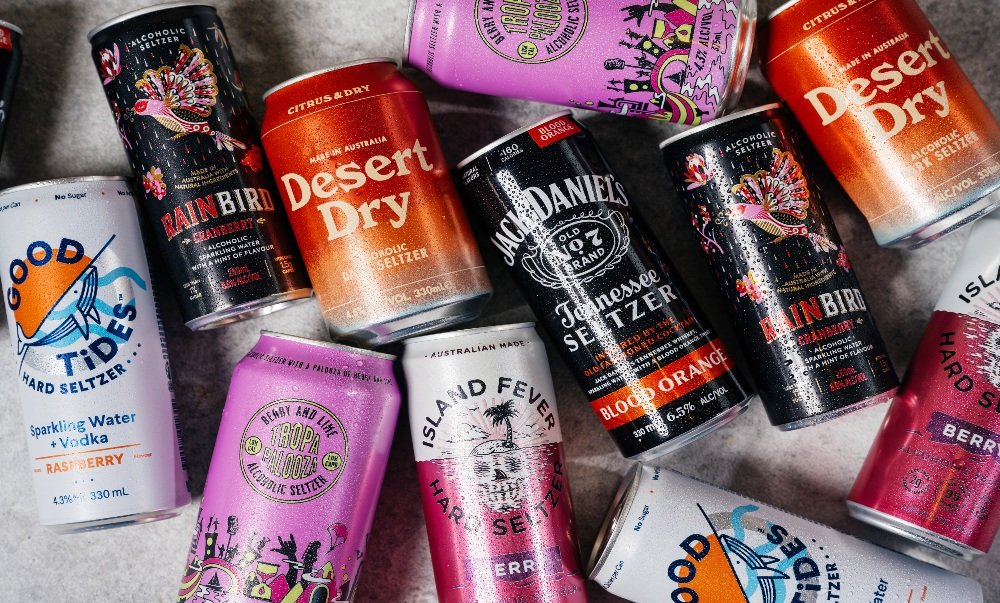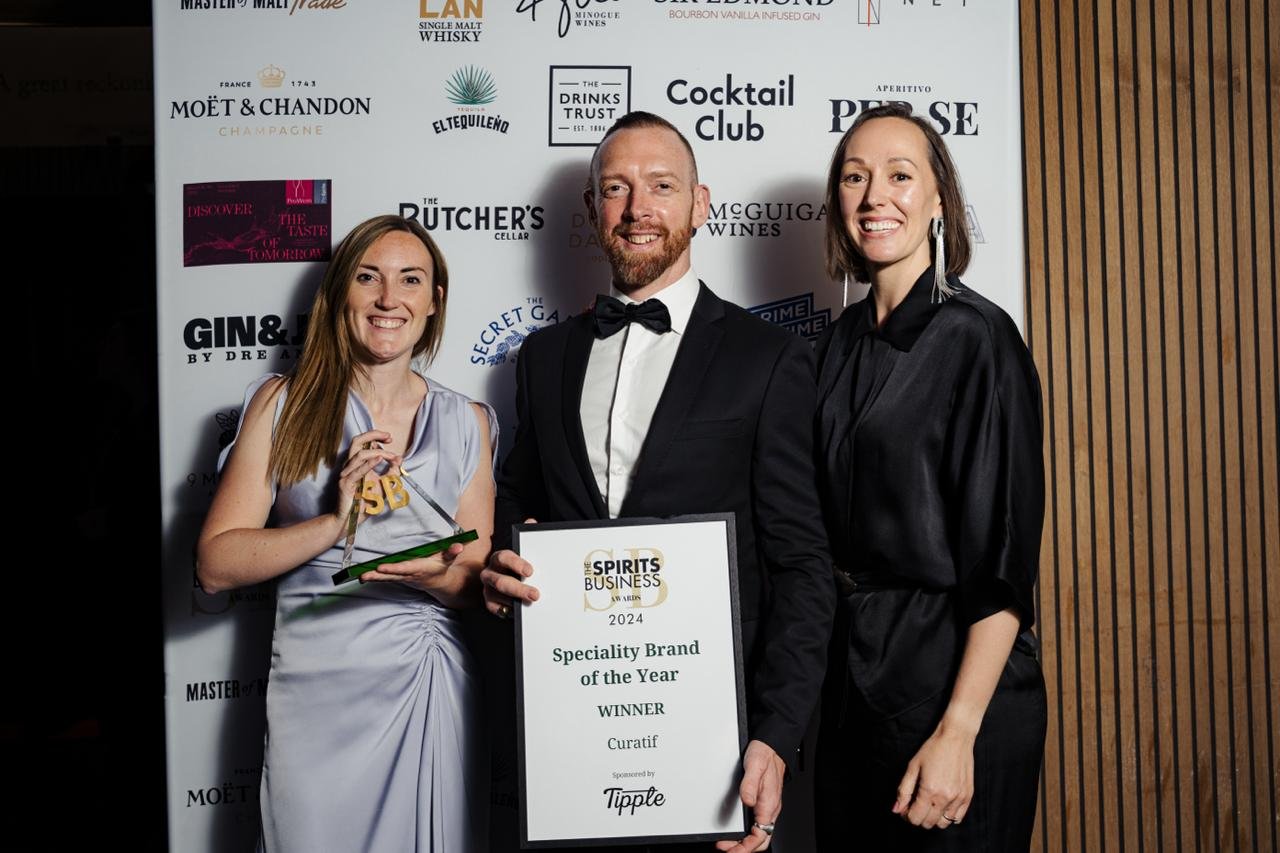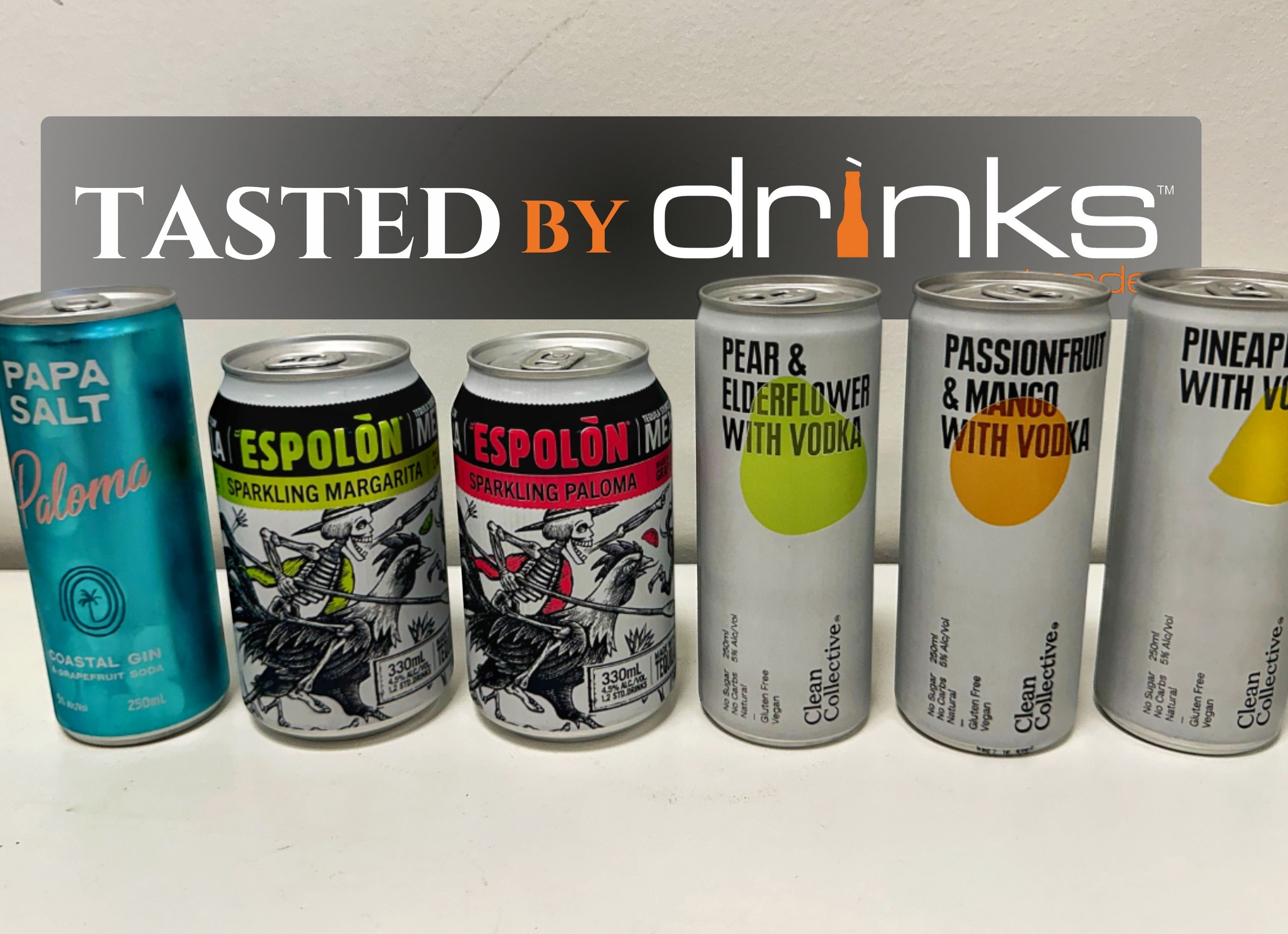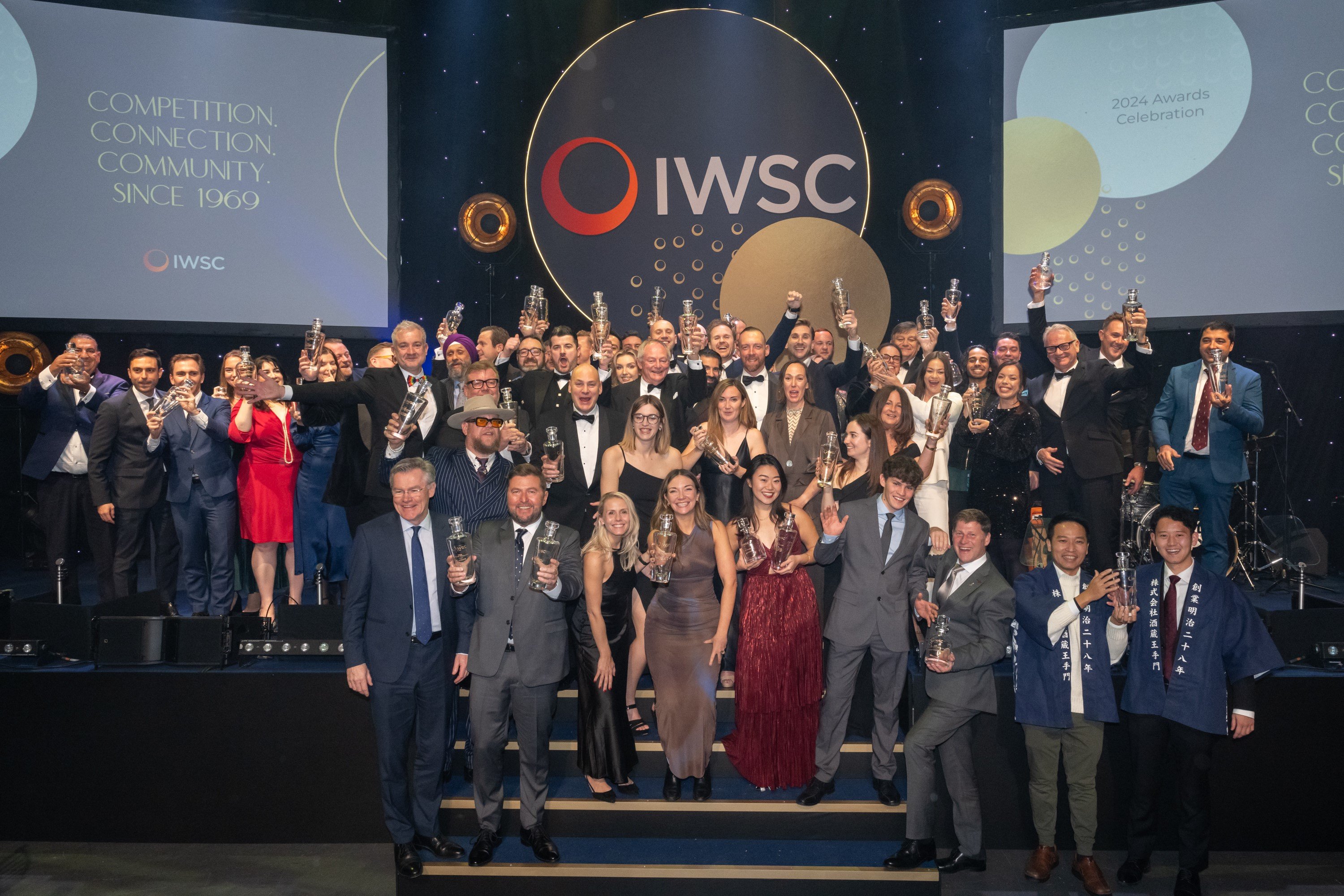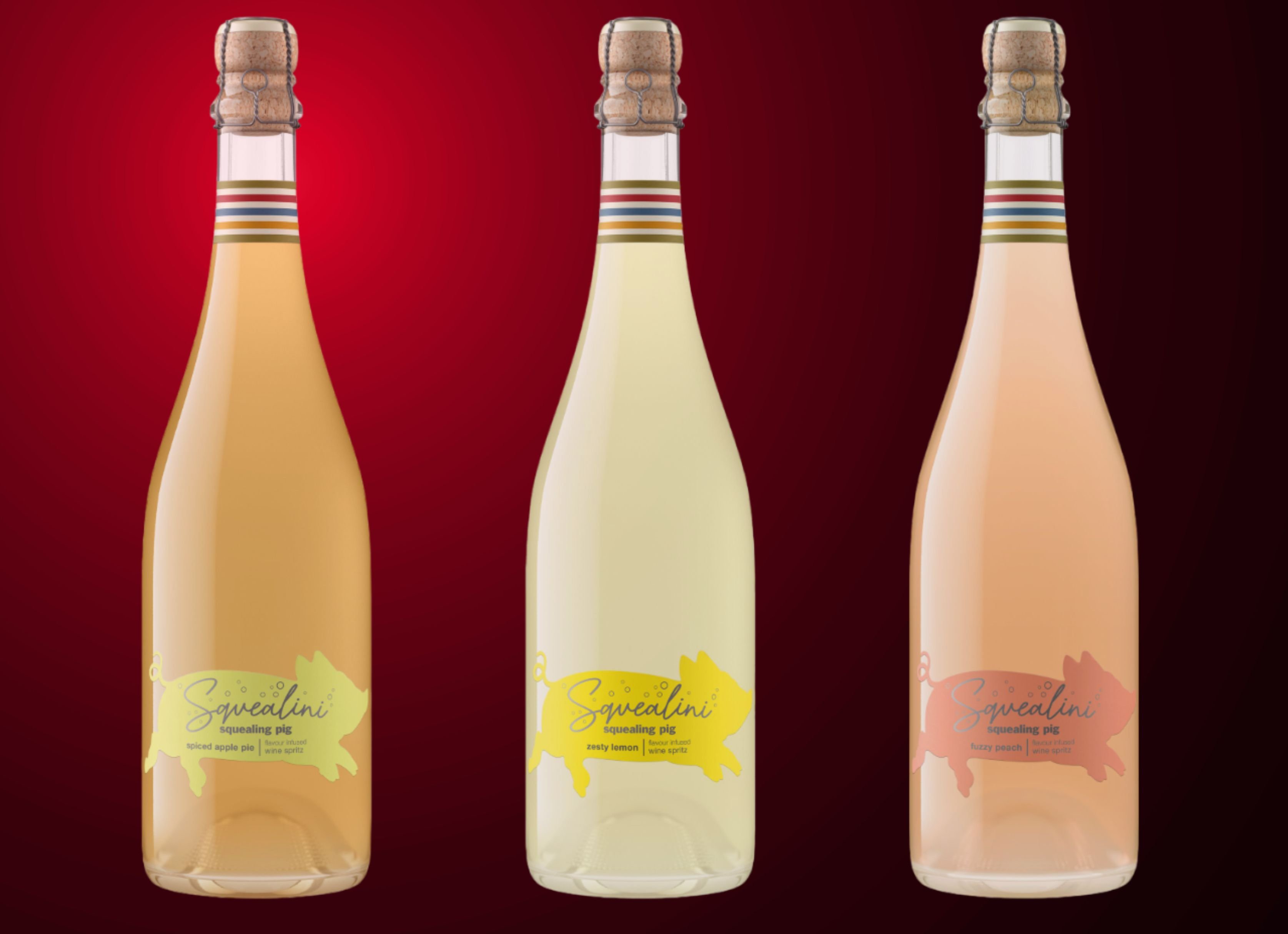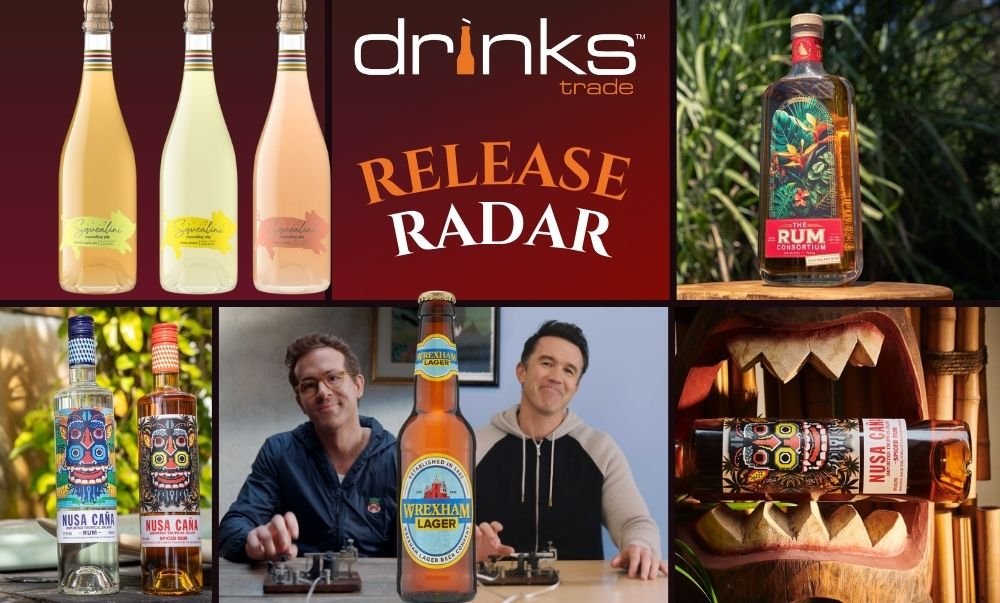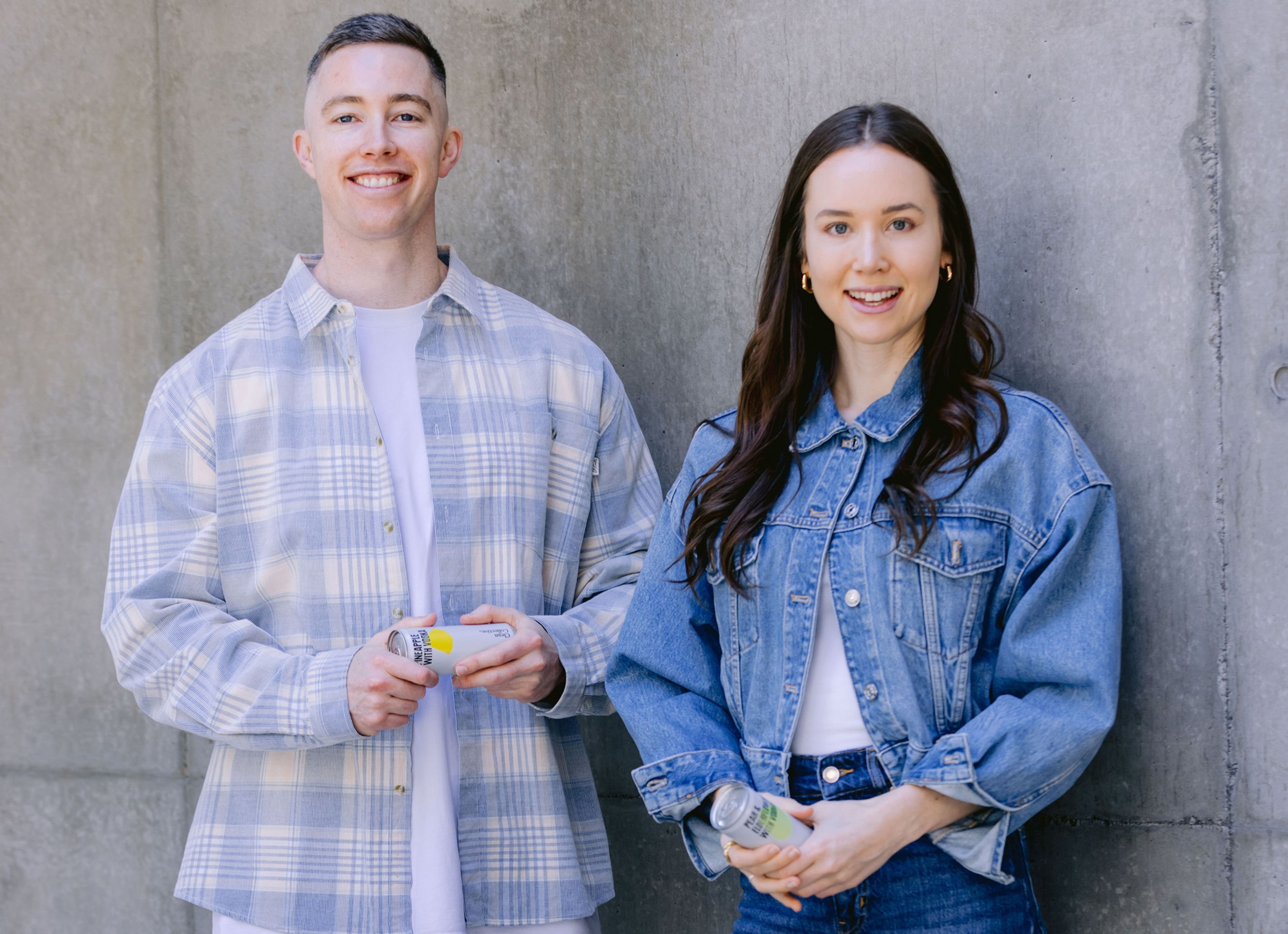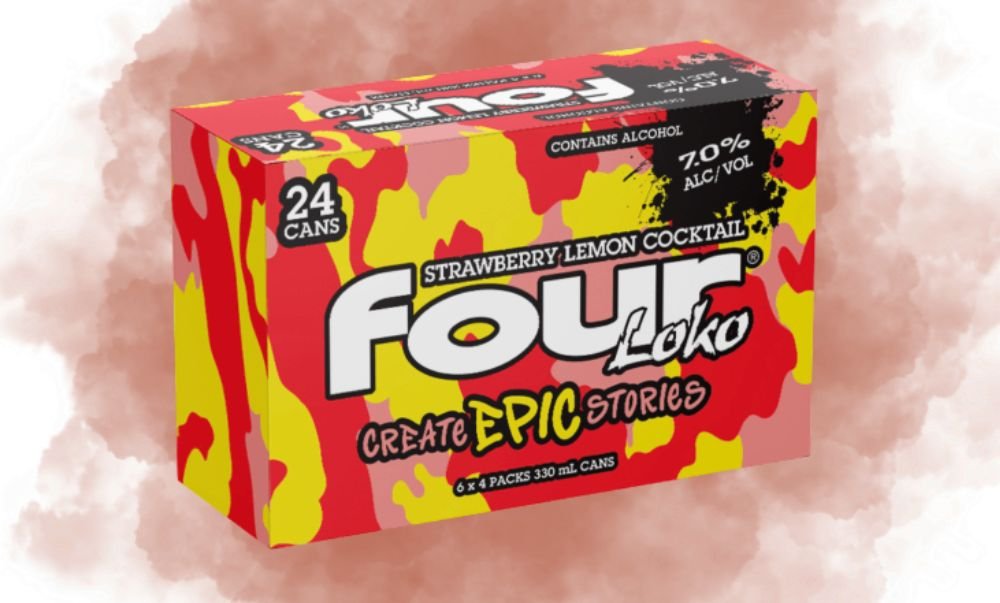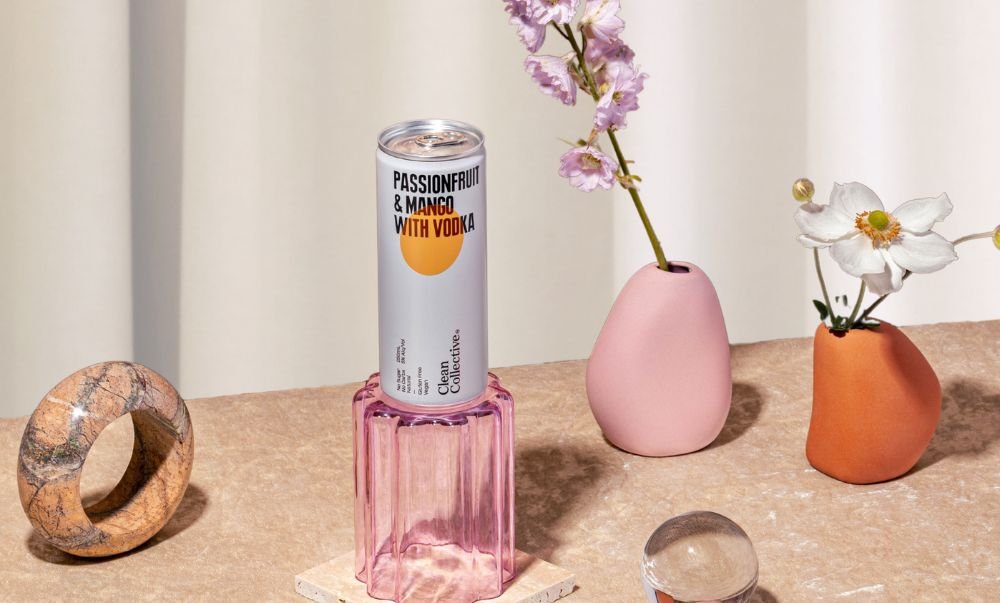In a three-part series, Drinks Trade examines the drinks trends we can expect in Australia over the next twelve months based on global trends and predictions by UK drinks analysis firm IWSR.
Part Three looks at forecasts for the RTD category over the next five years and what is behind the expected growth.
Based on IWSR data, RTD is the fastest-growing drinks category globally by volume. It has followed this trajectory since 2018. The pandemic has boosted demand for the Ready-to-drinks segment, with pandemic consumer buying behaviour weighted toward higher quality and convenience, both necessary credentials of successful RTDs.
Ten markets make up more than 85 per cent of global RTD volumes. They are Australia, Brazil, Canada, China, Germany, Japan, Mexico, South Africa, the UK and the US. In these markets, IWSR Drinks Market Analysis predicts the sector to double its market share of the total alcohol sector to 8 per cent by 2025 up from 4 per cent in 2020.
IWSR forecasts an approximate 15 per cent compound annual growth rate from 2020 to 2025 for RTDs across these same markets, compared to about 1 per cent CAGR for total beverage alcohol during that same period.
“RTDs are still growing at higher rates than spirits, wine, and beer, signalling a major shift in consumer interest in this category across all demographics,” says Brandy Rand, COO of the Americas at IWSR Drinks Market Analysis.
“But it’s important to note that RTDs aren’t only stealing share from beer, they’re also attracting spirits consumers in markets such as Australia and the UK, and cider drinkers in South Africa. We’re also seeing a significant premiumisation trend in RTDs as more and more new brands enter the space.”
New RTDs entering the market represent ‘premium and above’ compared to volumes consumed in the past, pointing toward a long-awaited movement towards premiumisation in the category. Premium brands joining the space represent a clear shift in RTD innovation which currently sits at the standard and below price bands.
Spirit-based RTDs dominate the category in most markets except Mexico and the US. In particular, this sector is driving the development of the super-premium segment. IWSR research also shows a clear preference among consumers for spirit-based RTDs in most markets, as these are generally perceived to be of superior quality (vodka in particular). However, malt-based products are also gaining share, driven by hard seltzers.
IWSR projects hard seltzers will account for half of all global RTD volumes by 2025 (up from 30 per cent share in 2020), buoyed by consumer demand and the “better-for-you” movement. Much of this growth will continue to come from the US. However, hard seltzers are forecast to boom in other markets such as Canada ( up 50 per cent CAGR 2020-2025), the UK (up 90 per cent), China ( up 84 per cent), and Australia (up 24 per cent). IWSR expects hard seltzers to post total volume growth of 26 per cent CAGR 2020-2025 across the ten key markets.
“Hard seltzer volumes outside the US are small, but awareness is also low. As that awareness grows, we’re seeing that people are increasingly willing to consider trying these products,” says Mr Rand.
“It’s important to remember that it took a few years for hard seltzers to catch on in America, and we’re still in early days in this category outside the US.”
FABs or Flavoured Alcoholic Beverages (FABs) dominate the RTD market in Brazil, China, Japan, and South Africa. Led by markets such as Japan, the US, and China, FABs is forecasted to grow by 7 per cent CAGR 2020-2025. The other dominant RTD sub-category is cocktails/long drinks, trending in Australia, Germany, Canada, and Mexico. IWSR projects this category to grow by almost 9 per cent CAGR 2020-2025. Other rapidly growing RTD sub-categories include hard coffees, hard kombuchas, and hard teas from a smaller base.
IWSR consumer research shows 56 per cent of RTD drinkers say regular releases of new RTD flavours is an essential factor in establishing a premium image, followed by connection to a known brand and the use of innovative packaging. Flavour is also a key driver influencing the purchase of RTDs, preferred by almost 70 per cent of consumers.
RTDs prove to be an excellent opportunity for drinks companies and brands. Brewers and soft drink companies, for example, have found an opportunity in hard seltzers. At the same time, spirits and wine producers leverage their existing brand awareness and equity to move into the RTD space delivering anything from pre-mixed cocktails, hard seltzers, spritzes and coolers.
“It’s not just consumers who benefit from interesting and innovative RTD products, so too do global drinks companies. More than any other category, RTDs have truly captured and leveraged the trend of convergence in the beverage industry,” says Mr Rand.
“Many well-known brands, from water to energy drinks to coffee, have recently crossed over into alcoholic RTDs, leading to a number of strategic partnerships between soft drinks, beer, and spirits companies in order to successfully leverage distribution across multiple outlets.”
IWSR’s definition of seven sub-categories of ready-to-drink products:
- Cocktails/long drinks: drinks that reflect both well-known cocktails (Mojito, Negroni, Mule, Cosmopolitan) and common mixed drinks containing a base spirit and a non-alcoholic mixer (for example, gin and tonic or vodka and soda), where the base alcohol is identified
- Hard seltzers: composed of a blend of carbonated water and alcohol, in some cases with added fruit flavour, and typically malt-based but can also be wine- or spirit-based. In contrast to long drinks, alcohol is not defined.
- Hard coffees: alcoholic drinks, which can be cold brew or creamy hard coffee
- Hard teas: alcoholic tea drinks
- Hard kombuchas: made with sweetened black or green tea, fermented, and then often blended with natural juice
- Wine spritzers/coolers: drinks that mix wine with carbonated water or sodas, or fruit juices
- Flavoured Alcoholic Beverages (FABs): this sub-category covers all other RTDDs, including the likes of Smirnoff Ice and Bacardi Breezers, as well as local brands.
Share the content
